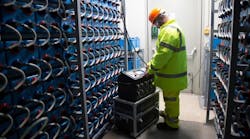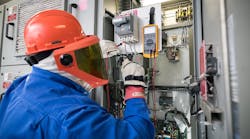The first thing you might notice about NEC Annex H is that it’s laid out just like the NEC Articles in Chapters One through Eight. That is also true of Art. 90, which you find before those Chapters (instead of after them, as is the case with Annex H).
Although Art. 90 bears that name and provides its scope and definitions in Sec. 90.1 and Sec. 90.2, Annex H isn’t called Art. 80 even though it provides its scope and definitions in Sec. 80.1 and Sec. 80.2.
Art. 90 is an introduction to the NEC; Annex H really is supplemental material. You must understand Art. 90 to correctly apply the NEC, but you can correctly apply the NEC without understanding Annex H. That doesn’t mean it lacks value, however.
Annex H details the administration and enforcement of the Code. In the course of a given job, you may have practical questions about dealing with the authorities. Annex H either provides the answers outright or gives you a basis for finding them.
So although you don’t need Annex H for you to correctly apply the NEC, you might need it to properly administer a project. Knowing what’s in here could save you a great deal of time and spare you much grief.




